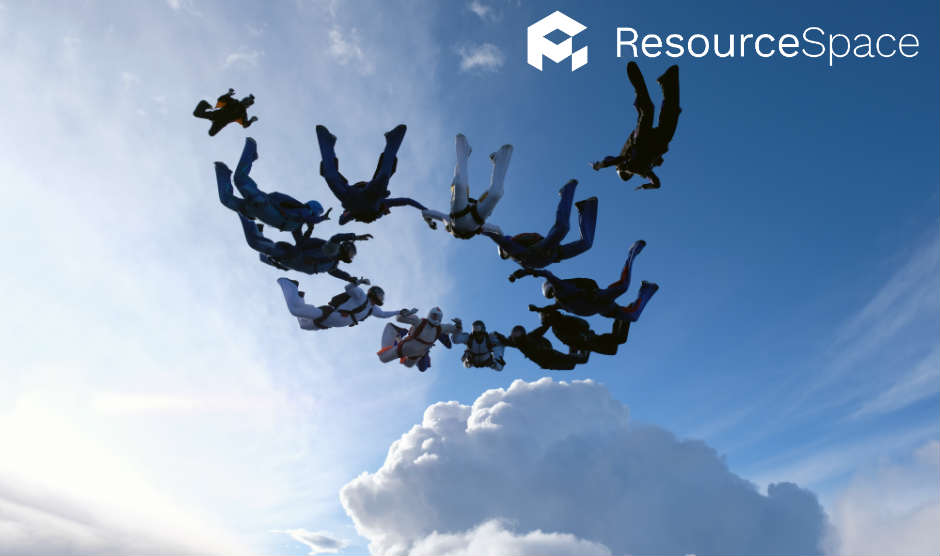
ResourceSpace has changed the way the DEC uses content, making it much easier for us to quickly make assets available both internally and externally during our emergency appeals.
Blog
14th November 2019

Since we developed ResourceSpace we've spoken to lots of organisations who have the same objection to implementing a digital asset management (DAM) system: 'Why can't we just carry on using our server storage?'
It's a good question. The assets are already in one place-why invest time and money in a new system?
Well, as it turns out, there are a few reasons. Quite a lot of reasons, actually. In this blog we're going to look at four of the biggest.
Although local servers can offer some password protection, brand managers have very little control over who can access what.
Here's an example scenario where access control is crucial:
A collection of images has strict copyright or consent rules, and there are restrictions on where the images can be used and for how long. Without a DAM system one of these images could easily be accessed, downloaded and used on a third-party website and then it's out there, with no way of getting it back.
A DAM system allows brand managers to retain strict control over which individuals and teams can access specific digital assets. With ResourceSpace, it's easy to relate consent forms to the files themselves and automatically archive files when the consent expires.
We understand that the idea of all your digital assets being stored in the 'cloud' sounds disconcerting. Won't it be safer on physical hardware you can see? Hardware that's actually in the office?
Unfortunately, physical hardware fails, always-it's only a question of when. Do you have the capacity or skills in-house to avoid data corruption or hack attempts? And let's not forget the risk of break-ins, theft, or issues caused by fire or flooding.
A cloud-based DAM ensures you don't need to worry about maintaining or paying for a local server. We'll look after the hardware side of things and take care of back-ups and upgrades, too.
An on-premise digital asset management system is really only recommended for organisations that have very specific requirements about where their data is hosted. Note that you're also going to need a dedicated IT team that can implement and maintain it.
If you think you might need an on-premise solution because of compliance, we still recommend getting in touch with us as, in many cases, a cloud solution will be appropriate.
With cloud-based storage you only ever pay for what you need. If your organisation suddenly requires an additional 10GB of storage, or if it needs to temporarily scale back, it's simply a case of calling your hosting company and requesting it.
It's not quite so simple if you're using a local server.
Scalability is one of the biggest advantages of a DAM over a server. Most providers (including ResourceSpace) offer tiered pricing plans, allowing you to choose the package that's best for you.
If you've ever tried searching for an image when you can't quite remember the filename you'll know how frustrating and time consuming it can be. Your naming system might be spot on but everyone else's probably won't be.
An incredibly well organised local system can solve the problem, but we're back to the problem of access. How many users are uploading images and creating folders?
The best DAM systems categorise resources using metadata. This means resources are classified in different ways, are easy to find and aren't stored in a specific location that the user must remember. Automated tagging can even identify objects, items, faces and places automatically, prompting appropriate keywords to be suggested. Of course, you have complete control over who's allowed to upload content too.
If you'd like to find out more about migrating your digital assets to a DAM platform, get in touch with the team, or request your free evaluation copy of ResourceSpace today.
#CloudStorage
#DataProtection
#Scalability
#BrandManagement
#AccessControl
#BestPractice
#ProductUpdates
#DataSecurity
#Copyright
#Consent
#ResourceSpaceTips
#IndustryNews